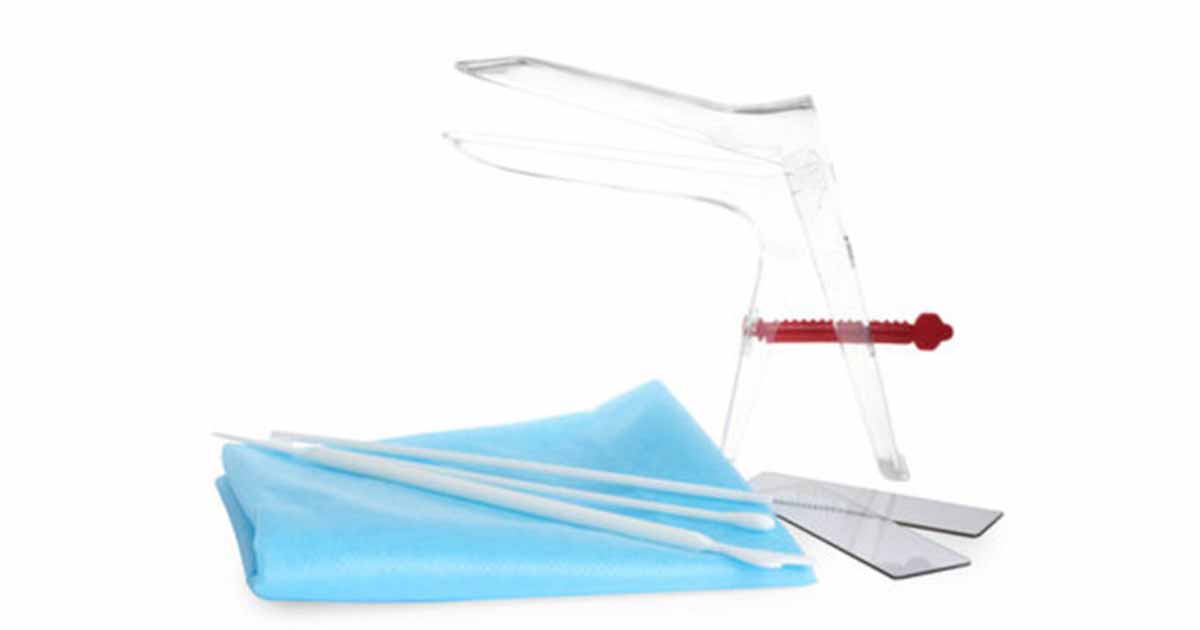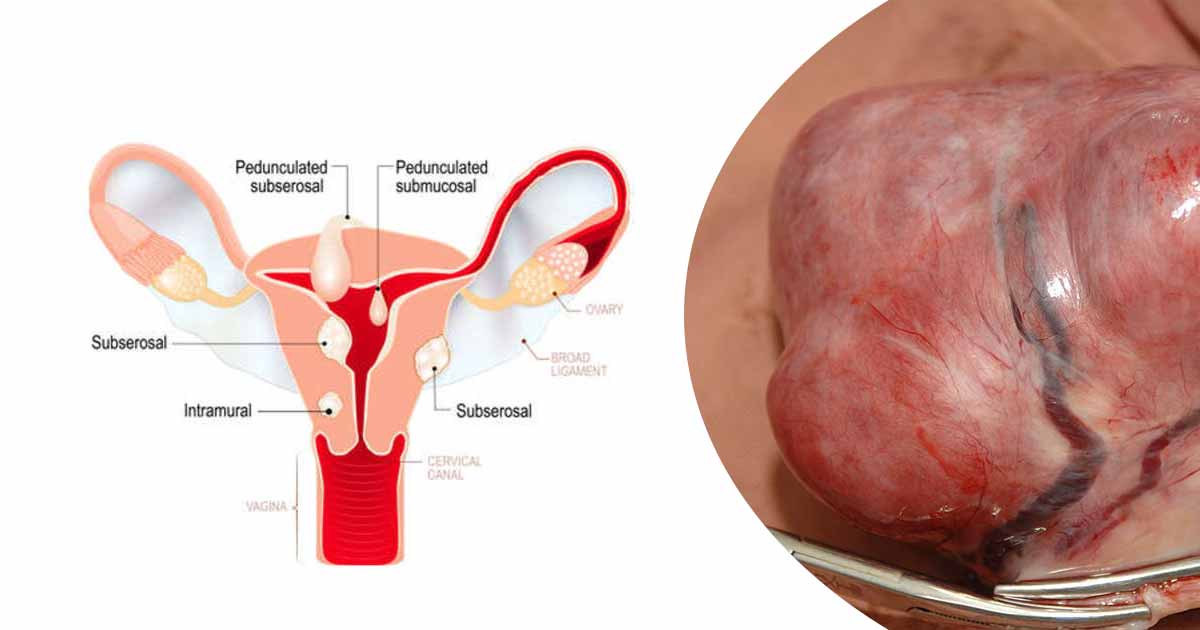A vaginal speculum is a medical instrument, used for visual examination of the cervix or vagina. Pelvic examination or vaginal examination helps in the diagnosis of intra-abdominal conditions in female patients with abdominal pain, and to obtain specimen to check for vaginal and uterine infections.
This visualization is helpful in treating vaginal/cervical lesions. The instrument traces its origin to J. Marion Sims, regarded as the “the father of gynecology” who developed the first design.
Though some modifications have been made with time, most vaginal specula still maintain the traditional, bi-valve design.
There are two types of vaginal speculum:
- Disposable speculum, also called disposable vaginal speculum and,
- Metal speculum. This type has styles such as Cusco’s speculum and Sim’s speculum.
Uses of Vaginal Speculum
- To visualize the cervix or vaginal secretion and obtain cultures, wet smears
- General pelvic examination, to visualize the cervix or vagina and obtain pap smears.
- To perform follow-up examination in treating cervical or vaginal lesions.
- To evaluate the source of vaginal, cervical or uterine bleeding.
- For the post-operative evaluation of vaginal apex after abdominal or vaginal hysterectomy.
- Evaluate the cervix or vagina in the presence of vulvar or perineal viral (Herpes or HPV) lesions.
- For pre-operative evaluation of vaginal and uterine supports relating to descent and prolapse.
- Conducted alongside biopsy, cryo or cold knife treatment methods.
- Evaluate the vagina, cervix in the presence of vulvar or perineal viral (Herpes or HPV) lesions
- Visualize the cervix in treatment of CIN; abnormal pap, VAIN, HPV or other cervical lesions
Disposable Vaginal Speculum vs. Metal Vaginal Speculum
Disposable vaginal speculum is for single use and prevents cross-contamination. It enhances safety and comfort in patients. It is also cost-effective.
Metal vaginal speculum is made from stainless steel, and reusable. However, they require resterilization with use of ethylene oxide (EtO) or sporicidal disinfectants. Reprocessing also involves the use of powerful detergents, disinfectants, solvents. These chemicals are not friendly to the environment.
How to use the Vaginal Speculum
- Introduce yourself to the patient and wash your hands
- Explain to the patient that you will pass the speculum through the vagina to visualize the neck of the womb
- The patient must have an empty bladder.
Vulval inspection
- Wear a pair of gloves
- The patient should lie in a modified lithotomy position
- Inspect the vulva for
- Masses as in Bartholin’s cyst and vulval malignancy.
- Ulcers, as in genital herpes.
- Vaginal atrophy: common in postmenopausal women.
- Scarring which happens in previous surgery like episiotomy, or lichen sclerosus
- Female genital mutilation
- Abnormal vaginal discharge in bacterial vaginosis, chlamydia, candidiasis, gonorrhea
- Varicosities: varicose veins secondary to chronic venous disease.
- Inspect for vaginal prolapse (a bulge visible protruding from the vagina). You can ask the patient to cough as you inspect. This can exacerbate the lump and help confirm if there is prolapse.
Insertion of the Speculum
- Ask the patient to remove all clothes waist down and any sanitary protection
- Make sure you prepare your gloves, lubricant, speculum, +/- smear, swabs.
- The size and type of speculum depends on the anatomy and intended use
- Use the left hand (index finger and thumb) to separate the labia
- Gently insert the speculum sideways with the blades closed, angled downward.
- After the insertion, rotate the speculum back 90 degrees to allow the handle to face upwards.
- Open the blades of the speculum to get the best view of the cervix
- Make sure you tighten the locking nut to fix the position of the blades.
Inspect the cervix for:
- If the cervical os is open, it may be inevitable or incomplete miscarriage
- Cervical masses may be due to cervical malignancy
- Ulceration may be due to genital herpes.
- Erosions around the os may be due to ectropion or early cervical cancer
- Abnormal discharge may be due to infections such as bacterial vaginosis, chlamydia, candidiasis, gonorrhoea, vaginal trichomonas.
Removing the Vaginal Speculum
- With the non-dominant hand, hold the blades of the speculum and use your dominant hand to loosen the locking nut.
- Remove the speculum gently while closing the blades slowly and inspecting the walls of the vagina.
- Cover your patient with the sheet. Inform the patient that the procedure is over, and allow her to clean up and get dressed.
- Dispose the used equipment on the waste bin and wash your hands.
References
- https://www.coopersurgical.com/product-resources/d4c715d7-84b4-41c2-a6bd-de78d9a1c2cc_Vaginal-Reusable-Specula-Directions-for-Use-5.pdf
- https://geekymedics.com/speculum-examination-osce-guide/
- https://teachmeobgyn.com/history-taking-examinations/examinations/speculum/












